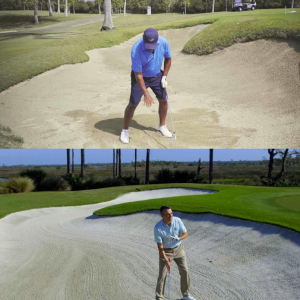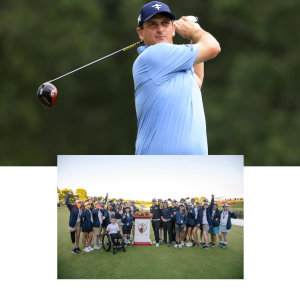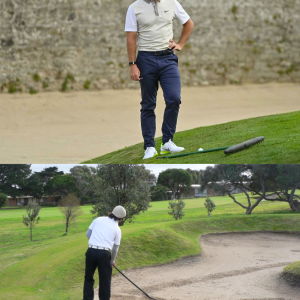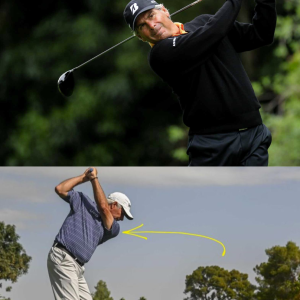If you struggle with inconsistent ball-striking, chances are you just need to revisit a few basics to get back on track. And as three-time major champion Padraig Harrington demonstrates in a recent video, you don’t even need a ball to get started.
In this video, Harrington breaks down a concept that he says is essential for producing consistent contact: finding the ground.
“You’ve got to know where this club is hitting the ground, where it’s bottoming out,” Harrington says.
It might sound a bit weird, but knowing where your club bottoms out is critical to making solid contact because you need to deliver your clubface at the right time to produce the shot you need.
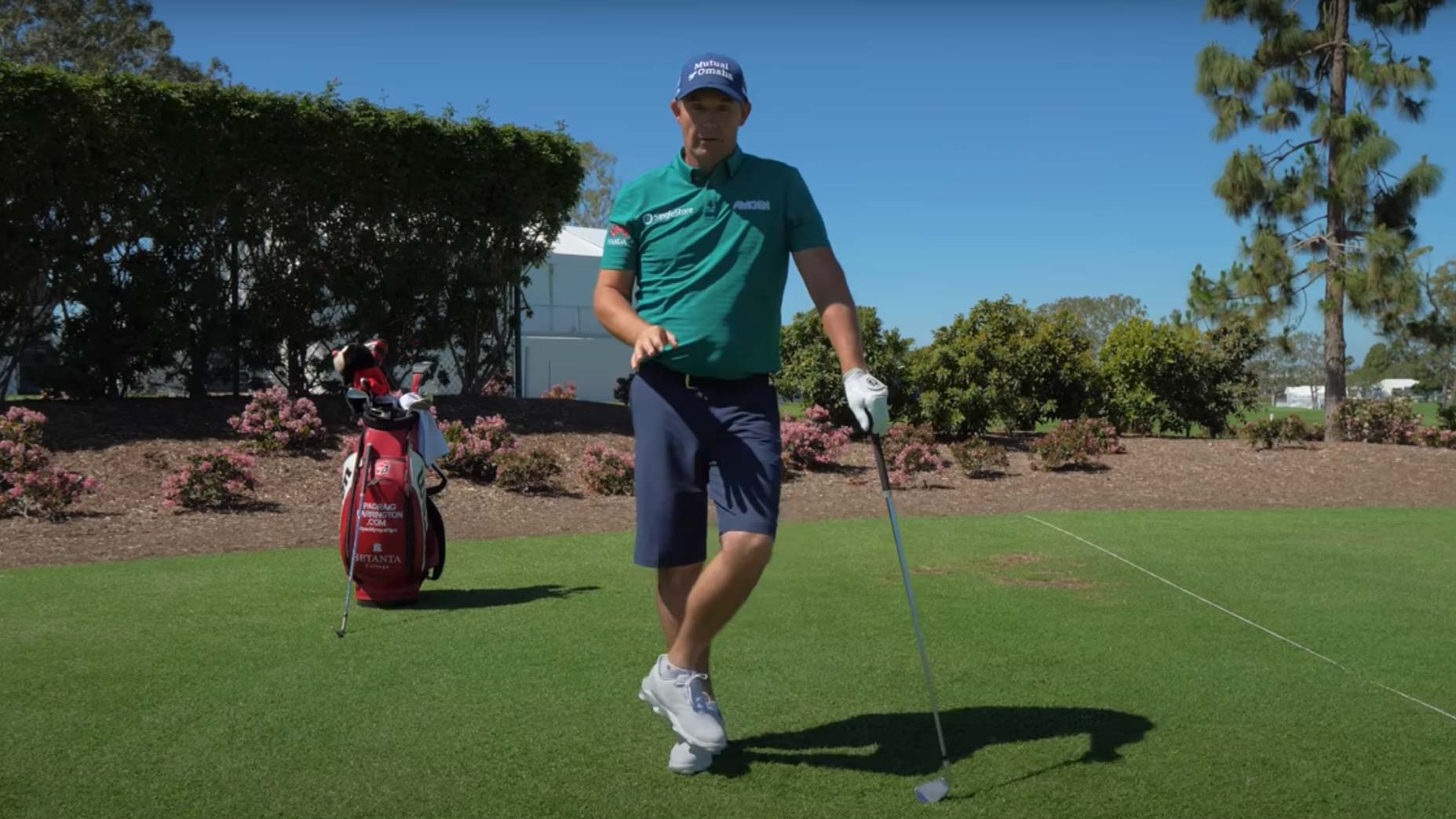
“If you hit too far ahead [of the ball], that’s going to cause you to slice the ball,” Harrington says.
And if you hit too far behind the ball, Harrington explains that you will likely produce a shot that draws. While those shots can come in handy at times, if you want to create a consistent ball flight, you have to be able to control your low point and deliver your club in the same spot every time.
But, just like everything else in golf, it’s a skill that takes practice to refine. In the same video Harrington shares a simple tee drill that will help you control your low point and rein in your shots.
Harrington’s tee drill
Grab a mid-iron and place a tee in the ground — this will represent your golf ball. Set up your shot with the tee in the middle of your stance and find a spot about a quarter of an inch in front of the tee to focus on. Make a few three-quarter swings, allowing your body to move fluidly in a rhythm. Your focus here shouldn’t be form, it should be to get your club to bottom just after the tee, or on the spot you’ve selected.
“Wherever the tee is, you want to hit the other side of it,” Harrington says.
Once you’re able to consistently hit your spot, Harrington says to take the tee out of the equation. Start in a static position. Pick a spot in front of you and make the same, fluid three-quarter swing, seeing if you can get your club to bottom out at the point you’ve chosen. As you become more comfortable, Harrington says to move around and see if you can pick a spot with your eyes and hit it.
Not only does this help you control your low point, but it also helps you develop a proper follow-through.
“I pick a spot with my eyes and hit it,” Harrington says, “I don’t keep my head still. I don’t keep my head down. But I do watch the ball. And I watch it long enough that I see the divot.”
By watching your divots, you’re going to stay down on the ball and strike it with a descending blow, which is optimal for avoiding early extension and compressing your irons.
Put those two keys together and you’re going to be hitting your irons better than before.


